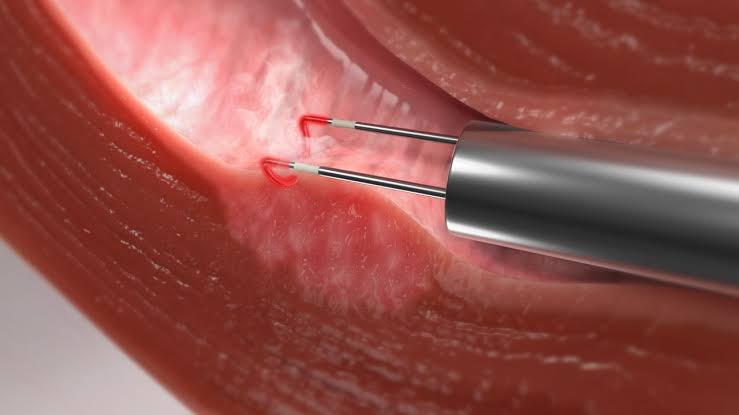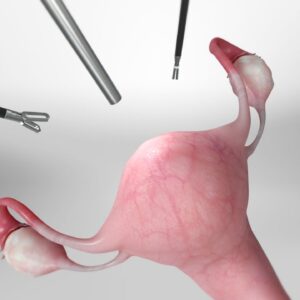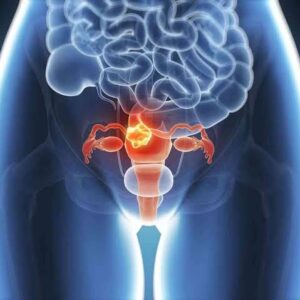Hysteroscopic Myomectomy
Price range: ₹800.00 through ₹1,600.00
Learn Hysteroscopic Myomectomy through our scientifically proven stepwise program. You can acquire this skill anywhere, anytime, without quitting your job and daily life.
Please read the Requirements and Commitments of each level before making a purchase. Ensure you meet the eligibility criteria to receive the product/service.
Description
Hysteroscopic myomectomy is a minimally invasive surgical procedure performed to remove uterine fibroids (also known as myomas) that are located within the uterine cavity. This technique is conducted using a hysteroscope, a thin, lighted tube that is inserted through the vagina and cervix to access the uterine cavity. Here are the steps, indications, and a brief note on why gynecological surgeons should possess this surgical skill:
Steps:
- Anesthesia: In most cases, this procedure is performed under general anesthesia. However, it can also be done with local or regional anesthesia in certain situations.
- Cervical Dilatation (if needed): If the cervix is not already sufficiently open, the surgeon may dilate it to allow passage of the hysteroscope.
- Hysteroscope Insertion: The hysteroscope is inserted through the cervix and into the uterine cavity, providing a clear view of the fibroids.
- Identification of Fibroids: The surgeon identifies the fibroids within the uterine cavity.
- Myoma Removal: Various techniques can be used to remove the fibroids, including resecting them with a loop electrode or laser, cutting them into smaller pieces for removal, or using a specialized device to shave or ablate the fibroids.
- Tissue Removal: The excised fibroid tissue is usually removed with a hysteroscopic morcellator or suction device.
- Closure and Recovery: After ensuring that all fibroids have been removed and the uterine lining appears intact, the hysteroscope is removed, and the patient is taken to the recovery area.
Indications:
Hysteroscopic myomectomy is indicated for specific situations involving uterine fibroids within the uterine cavity, including:
- Menstrual Irregularities: When fibroids disrupt the normal menstrual flow, causing heavy or prolonged periods.
- Infertility: In cases where fibroids within the uterine cavity may be contributing to infertility.
- Recurrent Pregnancy Loss: For women who have experienced recurrent miscarriages and have uterine fibroids.
- Pelvic Pain: When fibroids in the uterine cavity lead to pelvic pain or discomfort.
- Bulk Symptoms: Fibroids causing a feeling of fullness or pressure in the lower abdomen.
Gynecological surgeons should be skilled in hysteroscopic myomectomy because it offers a minimally invasive option for treating uterine fibroids located within the uterine cavity. This procedure is highly valuable as it allows for the removal of fibroids while preserving the uterus, which is particularly important for women who desire to maintain fertility. Hysteroscopic myomectomy is associated with fewer complications, shorter recovery times, and improved patient outcomes compared to traditional open surgeries. Possessing this skill empowers gynecological surgeons to provide tailored, patient-centered care for women with uterine fibroids, addressing their specific needs while preserving reproductive and gynecological health.
Additional information
| Levels | Level-1, Level-2, Level-3 |
|---|
General Inquiries
There are no inquiries yet.







